A group of developers that I am working with switched from VSS to SVN about half a year ago. The transition from CheckOut-CheckIn to Update-Commit has been hard on a number of users. Now that they are no longer forced to check in their files when they are done (or more accurately, now that no one else can see that they have the file checked out and tell them to check back in in order to release the lock on the file), it has happened on more than one occasion that users have forgotten to Commit their changes until long after they were completed.
Although most users are good about Committing their changes, the issue is serious enough that the decision might be made to force users to get locks on all files in SVN before editing. I would rather not see this happen, but I am at a loss over how to improve the situation in another way. So can anyone suggest ways to do any of the following:
- Track what files users have edited but have not yet Committed changes for
- Encourage users to be more consistent with Committing changes when they are done
- Help finish off the user education necessary to get people used to the new version control paradigm
Out-of-the-box solutions welcome (ie: desktop program that reminds users to commit if they have not done so in a given interval, automatically get stats of user Commit rates and send warning emails if frequency drops below a certain threshold, etc).
